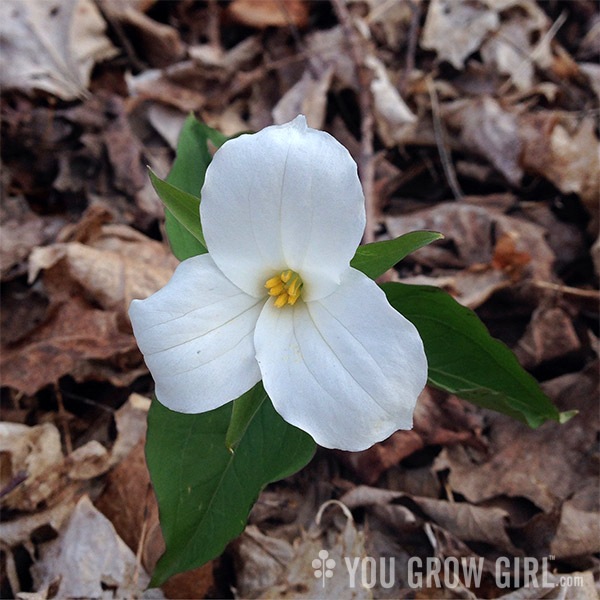
For flower lovers, spring is the time to visit the woodlands here in Southern Ontario. This time when the forests are bright, just before the trees get their leaves is when you can see an abundance of wildflowers in bloom. Last weekend, we took a short trip just outside of the city to Rattlesnake Point Conservation Area.
To begin, there are no rattlesnakes in the park. It is named for the winding snake-like path of dramatic limestone cliffs along this part of the Niagara Escarpment. The park is easily hike-able with trails of varying degrees of difficulty that are clearly marked. Dogs are allowed, so we were able to bring our pup, who loves forest hikes.
[Please note that I took these photos with my phone so the quality is not as good as I would have liked.]
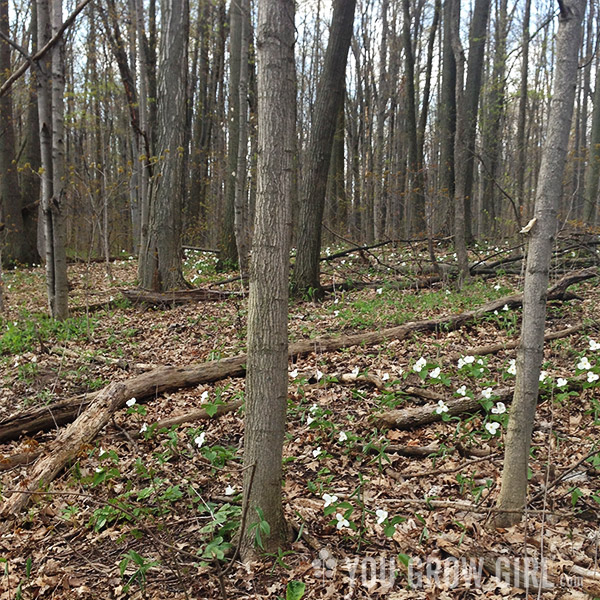
On the ride out I told Davin that I hoped we would see some trilliums. One or two.

These blush pink Trilliums are the same species as the white one at the top of the page (Trillium grandiflorum), just further along in age. This particular Trillium is our provincial flower and is protected from picking on conservation land. The trillium is a slow-growing plant, and if you pick the flower along with its three leaves, the plant will not be able to access nutrients and likely won’t make it through to the next season. I have a childhood memory related to this but will wait another day to tell it.
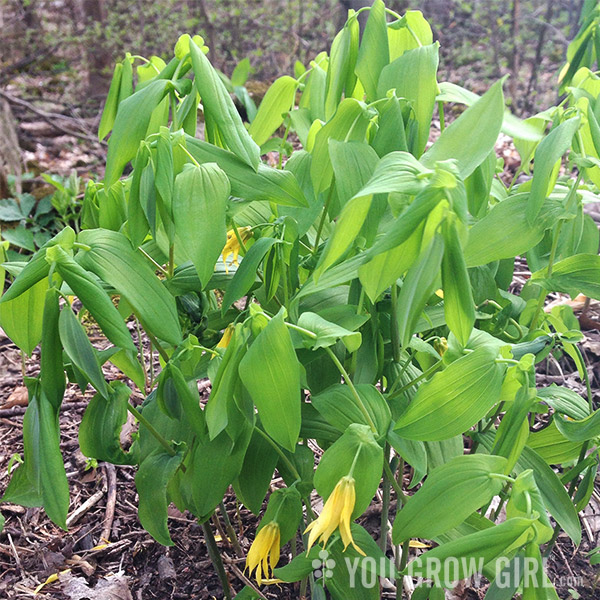
Bellwort (Uvularia grandiflora). These are edible, and if memory serves, I had some years ago in a wild-crafted spring salad mix that I bought at one of the farmers’ markets.

We missed the bloodroot (Sanguinaria canadensis) in bloom, but I did see a few leaves poking up here and there. Had I seen the flowers they most certainly would have been the common single, white flowers. I grow a beautiful double flowered type in my garden.
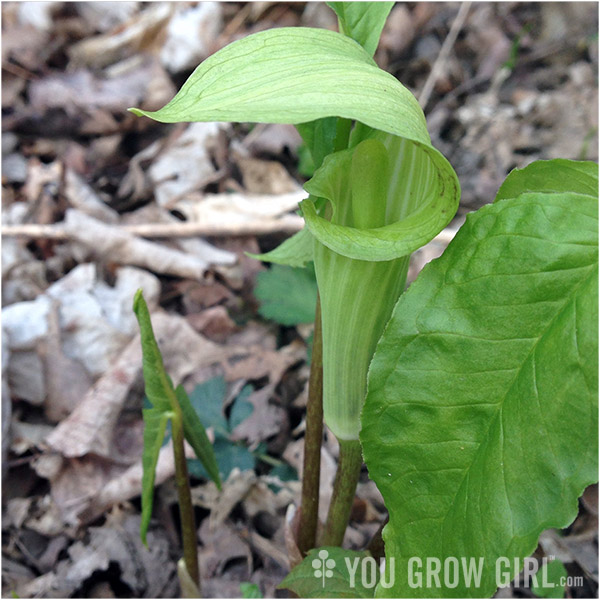
Jack-in-the-pulpit (Arisaema triphyllum) is my favourite local wildflower. I grew up in the Niagara Region and have fond memories of elementary school hiking trips to various spots along the Bruce Trail (Canada’s oldest and longest marked footpath). There’s a fairytale quality to this flower that captured my child’s imagination and I can’t recall a single sighting of it that didn’t make my heart skip a beat. I recall one early spring hike in my early 20s through a Southern Ontario conservation area. We lost sight of the trail and as we searched for it through thicker woods we found ourselves in a spot where there was no way to go but up a steep hill. As I trudged upward I looked down at my feet and was surprised to find myself surrounded by blooming jack-in-the-pulpits!
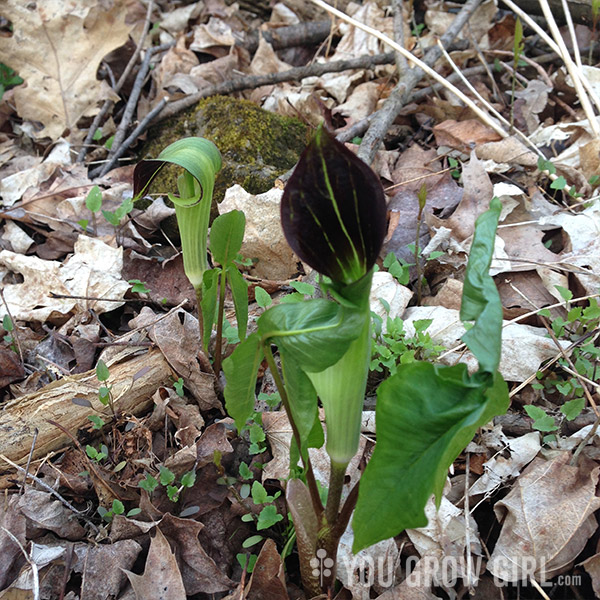
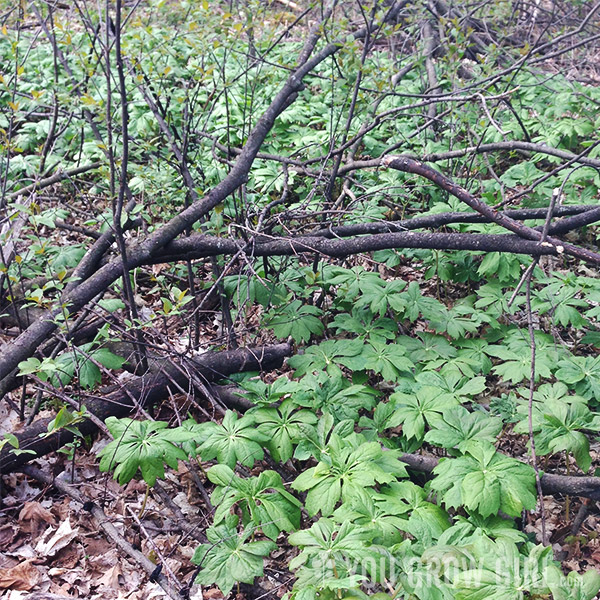
We saw legions of Mayapple (Podophyllum peltatum) throughout the park as well as along the roadsides on the way there. None were in bloom, but there’s something about their umbrella leaf form that I find charming.
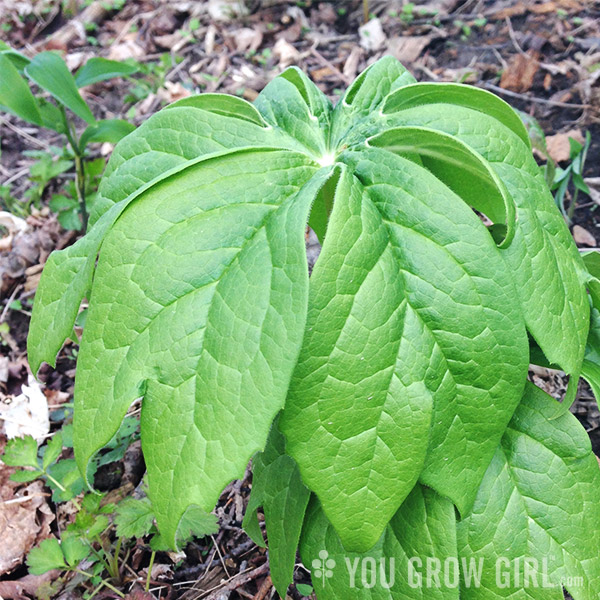

Early Meadow Rue (Thalictrum dioicum). Thalictrum have become a favourite in my garden. I currently have 3 types growing. This was the first time I spotted one in the wild.
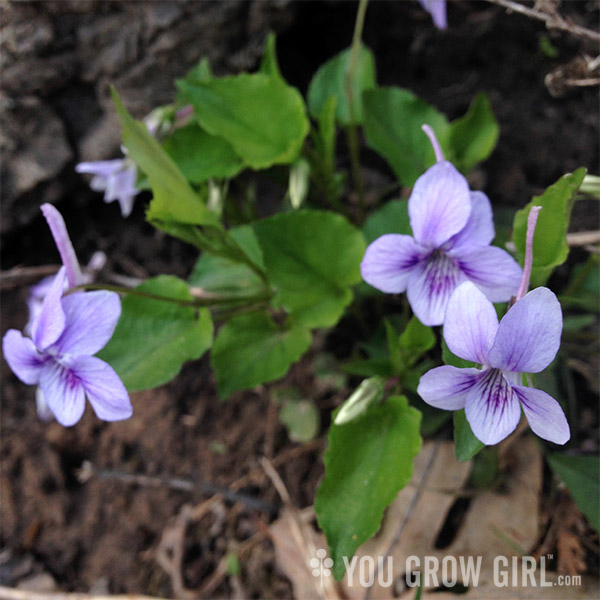
Long Spurred Violet (Viola rostrata).
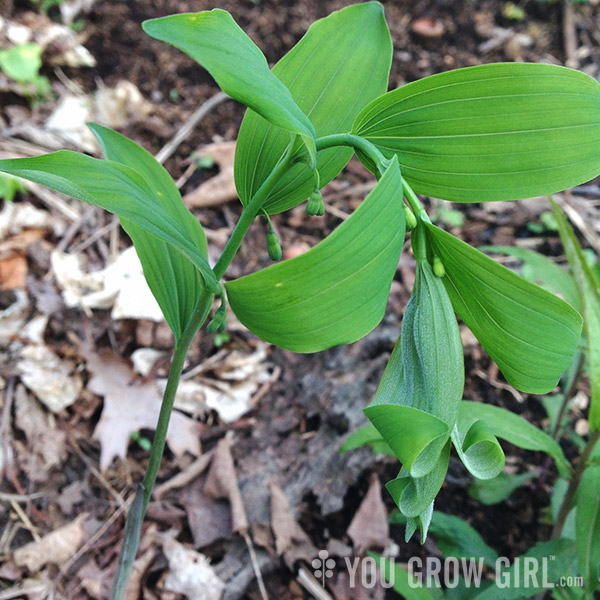 Hairy Solomon’s Seal (Polygonatum pubescens) just beginning to bloom.
Hairy Solomon’s Seal (Polygonatum pubescens) just beginning to bloom.
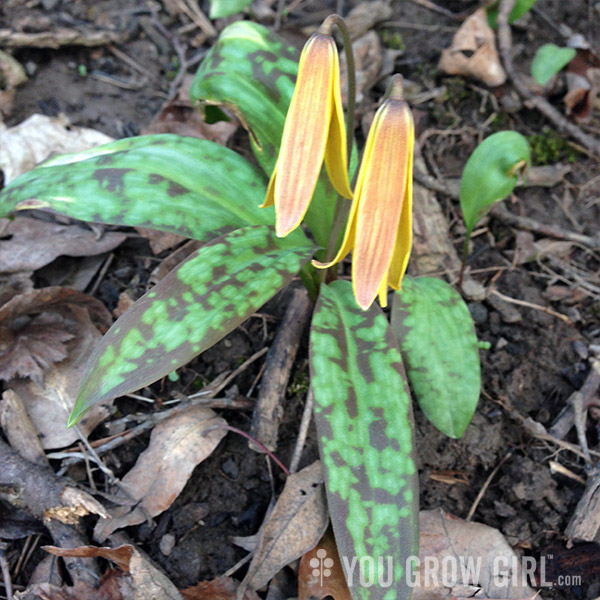
We did not see Trout Lilies (Erythronium americanum) in the park. However, on the way out of the area we happened upon an entrance to the Bruce Trail that we had never noticed before. It was getting dark and cold, but we hiked in for just a few minutes to see if it was worth coming back to in the future, and that’s where we ran into HUGE swathes of them. Because it was late in the day, the flowers were closed. Trout Lily is another spring edible, and I had these too in the same spring salad mix years ago.
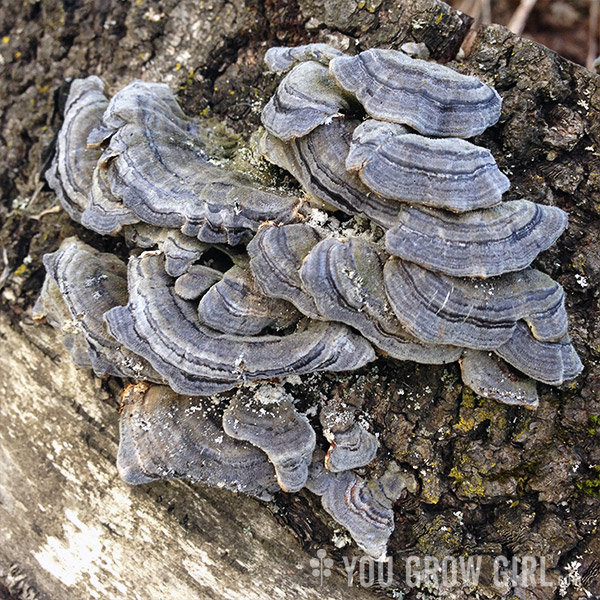
I’ve thrown in a few photos of some interesting fungi that I happened upon along the trail. Fungi are not my area of knowledge so I can’t identify these. I have a long-standing wish to learn more about them. Someday…

So beautiful! Thanks for this post since the flu kept me home this spring :-( There’s a hillside full of trout lilies in a park near here (in Vanier, in Ottawa). I have lots of photos of them from a previous year. I also like the other common name for Bellwort – Merybells!
I hosted a fall plant swap and chose May Apples brought by a couple of married gardening acquaintances. At the time, they looked hideous in their declining condition. But they have come up two consecutive springs, each time a bit more robust and fit right into my shady corner.
I bought some Bloodroot from a catalog and installed them where I can pass them going in and out of my side gate so I won’t miss their arrival. They were a bit slow to get going, but look more substantial now. They are near Rhododendrons, ferns, hostas and a Pieris, surrounded by Sweet Woodruff. It’s a lovely spring sight with so many textures contributing to the lush panorama.
While you were taking the rue photo at Rattlesnake Point, I was taking the exact same shot in Niagara, our finger photos look identical….. :) It’s in my Instagram. Great post, I love these wooded hikes, and learning about our native plants. I wish I knew of a guide who takes people out to teach about fungi!
You have a good eye for wildflowers, I wonder if I were able to identify them as easily. I like purely decorative, sweet-looking plants like forget-me-nots or myosotis – https://en.wikipedia.org/wiki/Myosotis They bloom early and are a joy to watch at spring. But I am even more interested in herbs you can use for medicinal purposes, better sleeping and such, like valeriana – https://herbalref.com/valeriana-valerian-root-valerianae-radix/ I actually like everything about that plant, the flowers, the smell, its effect as a remedy.
I will probably go for a walk in a forest, and will keep my eyes open and camera handy. I may end up doing a report similar to yours.
What crisp photos of the flowers and Fungi. Forget-me-nots are so beautiful!